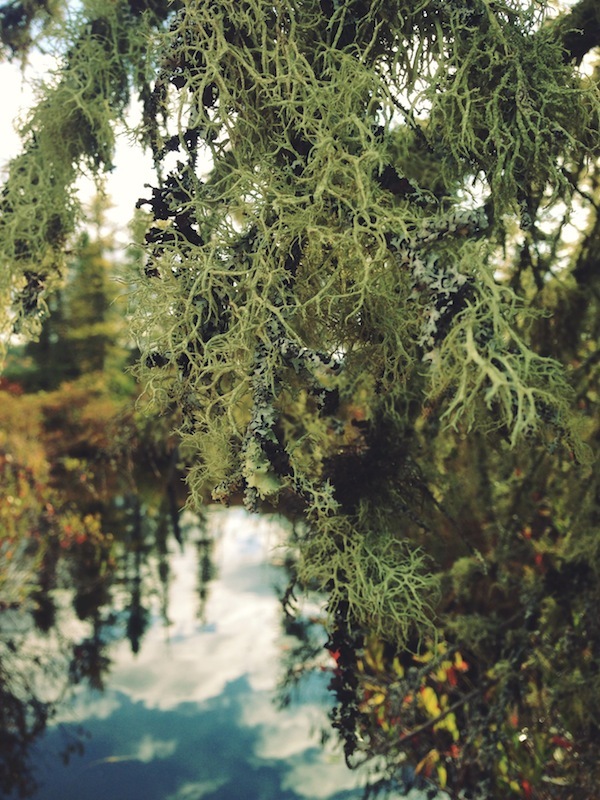Tamarack : Practical Uses
Certain parts of the tamarack (such as the bark) have been used historically in various First Nations of Canada, including by the Cree people. Some common ailments that tamarack was used to remedy were, “cuts, burns, coughs, stomach pains, sores (mouth, skin, and throat), heart problems, and frostbite" (Shang et. al, 2012). Many studies have been done today on the potential value of tamarack in remedying symptoms of type II diabetes, and while more research needs to be done, there are some compounds (cycloartane triterpenoids)within the plant that may indeed be useful in aiding those with type II diabetes.
In the past, the rootlets of the tamarack were used by the Ojibwe to sew pieces of birch bark together to make their canoes. The Ojibwe also used the roots of tamarack as a sewing material to make woven bags, which were often used to store medicine in. The bark contains resins that were once used in tanning leather.
Tamarack wood can be used in certain products as well, such as wood flooring. The wood can be anywhere from yellow to brown, or even reddish-brown. Their wood was once used to build telegraph poles, and also used in railroad ties during the nineteenth century. Boats were once constructed using tamarack wood. Additionally, the Cree people began making goose decoys from the wood of tamaracks, and the bark of tamaracks is now used in the making of duck and goose decoys today.

